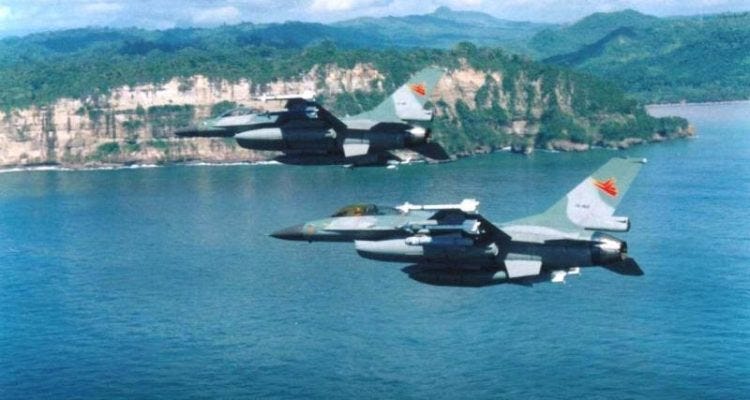Indonesia Calls China’s Bluff on South China Sea Claims
Indonesia adds to pressure from Malaysia, Vietnam

Indonesia’s burst of belligerence against a Chinese fishing fleet that belatedly pulled back from its exclusive economic zone is being regarded as a signal that the littoral nations of the South China Sea have had about enough of Beijing’s bullying.
Head of the Indonesian Military Headquarters Information Center, Major General Sisriadi, told Indonesian m…
Keep reading with a 7-day free trial
Subscribe to Asia Sentinel to keep reading this post and get 7 days of free access to the full post archives.
